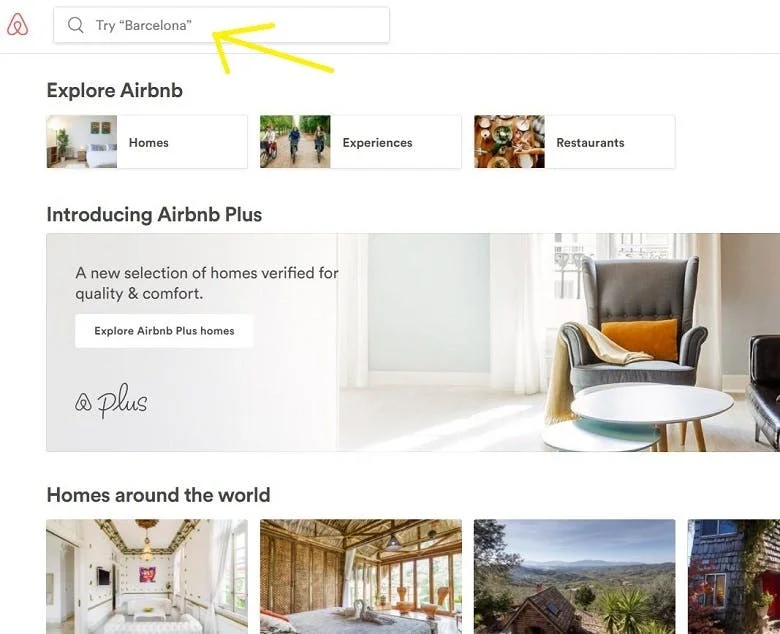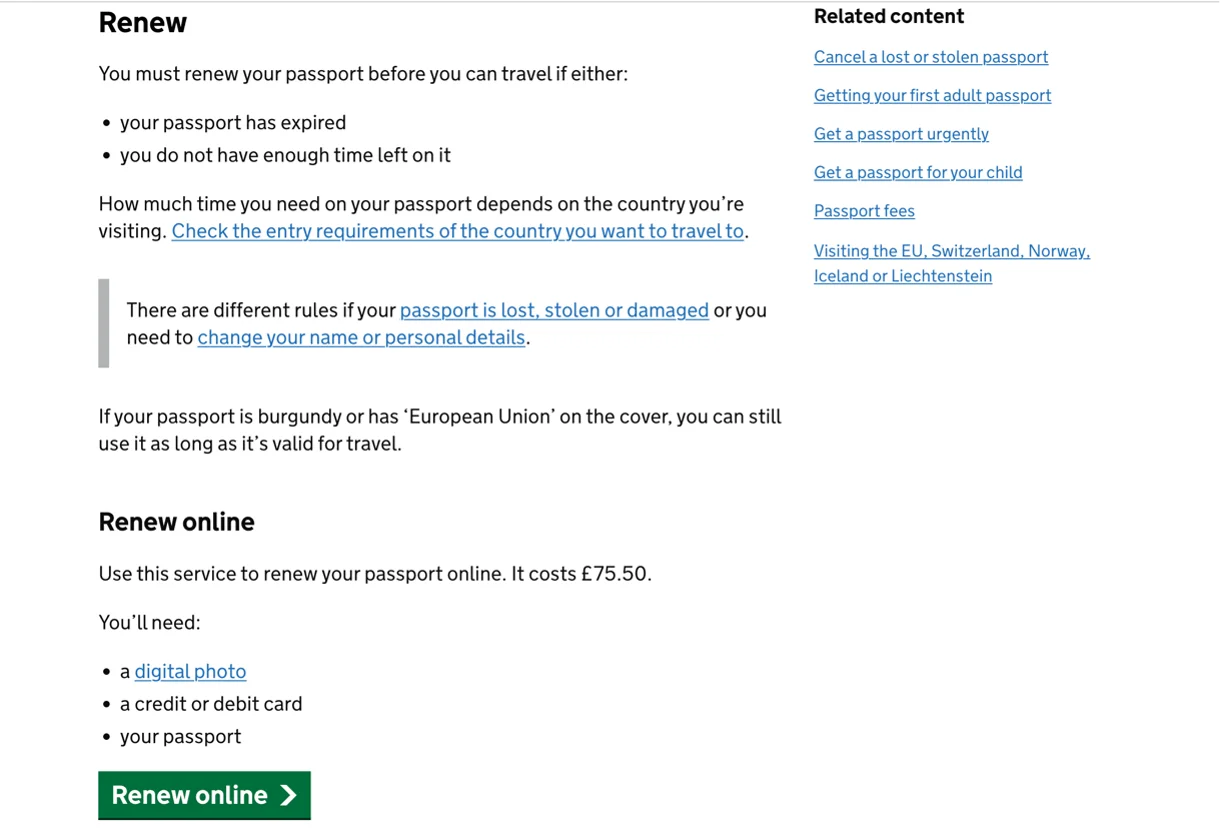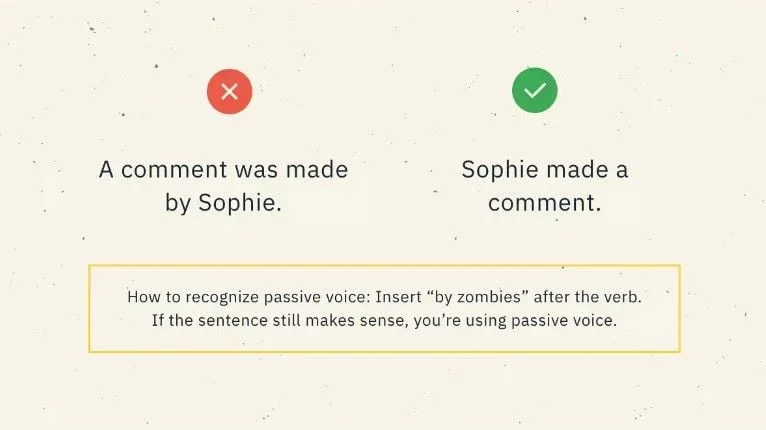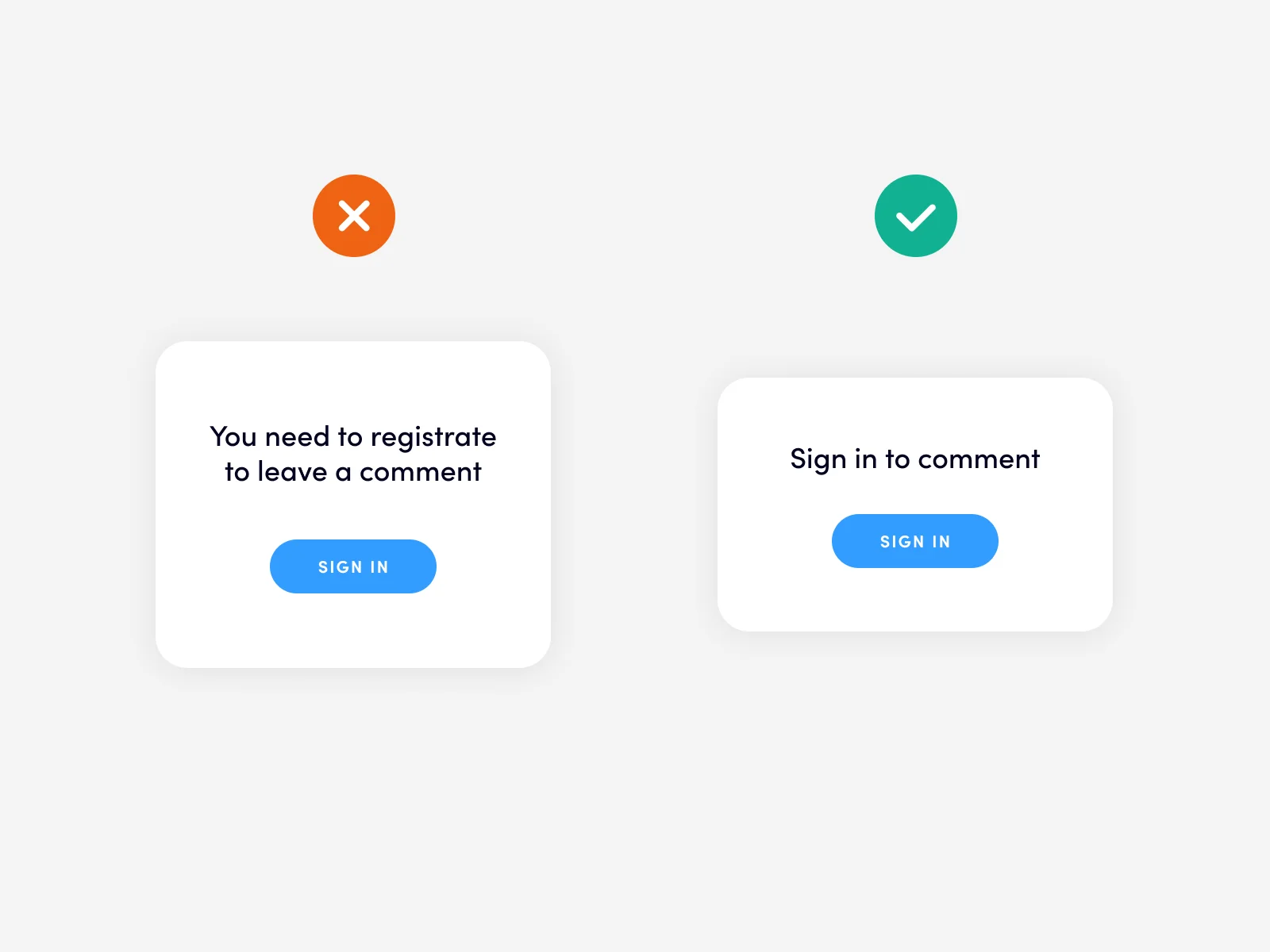Whether you have a SaaS serving high technical users or a simple ticket-buying app, UX writing can help you get more clients to retain your current ones. And you can apply it without focusing on selling but rather on creating better experiences for users.
UX writing, or microcopy (we’ll refer to them interchangeably even though they’re slightly different), is how you can make this possible. However, achieving a level of good microcopy is difficult because, unlike other marketing copy, your purpose is not to persuade but rather to guide and explain, and maybe entertain a little.

💬 What is UX writing? 🔗
UX (User Experience) writing is the art of writing words that guide users through a digital product. It involves those little snippets of text you see in mobile apps, web apps, websites, and even short texts on digital kiosks like ATMs.
From the buttons and menu items you click to the error messages, notifications, and the instructions guiding you along the way, UX writing creates smooth digital conversations between your product and your users.
With this said, let’s have a look at how you can produce good UX writing that accomplishes all of this perfectly.
✍️ 12 principles of great UX writing 🔗
We’ll explore the main principles of UX writing with tips and examples from real-life brands. Whether you’re a UX writer, someone trying to start a career in UX writing, or a product manager supervising the microcopy of a product, these will help you.
1. Make it usable 🔗
Obvious. If you want to write exceptional copy for your digital product, you want to make sure it is written to make your product easily usable. What does this mean? This means that your customers will use the app so easily that they won’t have to ask customer support to navigate around it or avoid using the app altogether.

Usable UX writing is the core of a great user experience. Write with usability in mind rather than to sound smart. Prioritize functionality over beauty. Words have zero value if they present a beautiful digital product, but they don’t help users. That’s like having a car with no wheels. To produce usable copy, you need to know your customers closely through your surveys, usability metrics, and user tests.
2. Make it helpful 🔗
For your UX writing to be usable, you need it to be logical and clear, but that’s just the first step. The next step is to make your copy helpful, providing useful bits of information that the users weren’t aware they needed. In short, helpful copy is not only accurate and clear, but it offers additional help.

The best way to produce helpful UX writing is by focusing on both the functionality of your app and broader user goals. What are they trying to accomplish with the app, and what extra info would help them?
3. Make it accessible 🔗
When talking about accessible UX writing, we’re talking about producing microcopy that is accessible to people with disabilities. What this actually entails is making the texts simple to understand, which benefits not only those with disabilities but every single user. While you might think there aren’t many people in this group, people with disabilities make up 16% of the world’s population (1.3 billion people).

Now, the question that pops up is: how do you make your writing more accessible? A common scenario involves people with vision problems. They will use a screen reader to understand what’s on their screen. So, some simple guidelines you should follow to serve them better are: avoid clever words, don’t place explanatory text under confirmation buttons, and provide ALT descriptions for every image or icon.
Related: Agile localization for UX: The Localazy Figma plugin changes the game
4. Make it clear 🔗
This is a no-brainer, but writers do sometimes forget that clarity is primal for good microcopy. In contrast to copywriting, where you hold people’s attention and compel them to read until the end using clever metaphors and catchy language, in UX writing, your task is to guide instead of compelling. Users are already clients.
If your copy isn't clear, it can’t be helpful, usable, or accessible. So when producing it, keep in mind the age of your users, their context, and if they can understand it just by reading it once.

Imagine that they’re hurrying while going through your product and that they need to make a decision fast. When you start revising your writing, ask yourself these questions:
- Is this clear for the oldest and the youngest user of my user base?
- Is this clear for someone who’s never used this interface?
- Is this clear for someone using the product in a rush?
5. Make it appropriate 🔗
While being clear and understood is important, being appropriate is also crucial. If your microcopy is not appropriate to the cultural connotations of your audience, you’ll confuse them and even make them hate you.

Here are some elements that make your UX writing appropriate:
- Respecting cultural sensitivity. Keep the cultural background of your users in mind. Will they be offended by your humor or word choice or not?
- Be inclusive. Make your writing inclusive by speaking to users with different abilities, ethnicities, and gender orientations.
- Comply with legal regulations. Consult a legal expert before you pass your microcopy to the next step to ensure you comply with GDPR/CCPA and other regulations that apply to your user base location.
Appropriate microcopy isn’t necessarily short or long. Sometimes you can cut down a 10-word sentence into 3 words, but sometimes longer sentences are better for explaining a feature more clearly. Also, your tone of voice makes a big difference. For example, you’ll need to use a different tone of voice when writing an error message versus when writing a confirmation message.
6. Use the active voice 🔗
When you use the active voice in your microcopy, the user knows clearly what needs to be done. The interface is made for the user to take action on it, and the active voice prompts this. It gives your writing more life and makes it more impactful and meaningful for the user.

While there are some exceptions in cases when the action is more important than the person who does it, in other cases, writing in the active voice is the best approach.
7. Write positively 🔗
You have to instruct users on what they should do and what they should avoid when writing a description, button text, or another UX writing element. To infuse positive emotions and create a positive experience, focus on the affirmative sentences. Avoid starting your sentences with negative phrases such as:
- “Unfortunately…”
- “We can’t…”
- “Don’t…”

Unless it’s a critical step that leads to a financial loss or deletion of critical data, it’s best to rephrase your sentences in a positive tone. Plus, even in these scenarios, when using positive language, you don’t use fear to push users to take action.
8. Be concise 🔗
If you have a content writing background or any other background where long-form writing is the norm, you have to shift your mindset. UX writing is all about brevity and conciseness. Hitting a high word count is almost never the issue with UX writing.

Get rid of the complicated jargon and lengthy sentences. Every sentence should be written with action in mind. If it’s not helping or guiding your users, you better delete it. In an age of robotic and AI writing, write authentically. Use metaphors, figures of speech, and even humor to make your point, but without compromising clarity.
9. Perform constant A/B testing 🔗
A lot of research and testing goes into building user interfaces both in terms of design and microcopy. A/B testing is a crucial phase to help you understand what elements prompt users to take action and use your app/software/interface.

Remember that what sounds well-written and clear to you might be unclear and confusing for the users. Running several tests will help you find the copy that works best for you. You’ll understand if your copy is too sales-driven, unnatural, or confusing, and write a better version of it by relying on A/B testing. Another way to speed up the A/B testing process is to use websites like Usertesting.
10. Keep brand voice and tone consistent 🔗
Brands resemble people. They have their own personality and communicate through their website copy, social media, or any other digital channel. Now, brand voice and tone are two entirely different things. The tone of your brand varies on the emotional state you’re triggering with your microcopy.

Both are important, and you need to learn how to be consistent in their use. If you are not consistent and alternate your tone or voice randomly, users will be confused and might eventually stop using your digital products.
11. Use action-oriented language 🔗
UX writing is all about action. Your main goal is to encourage users to take action throughout their experience. To achieve this, the language you use needs to be action-oriented. A no-brainer rule for writing action-oriented copy is to always start with a positive compliment before you ask the user to do something.

Let’s not forget that action-oriented language also occupies less screen space, which makes it mobile-friendly and more usable. Customers feel more in charge of the product they’re using when you use action-oriented language. Plus, it also makes it easy for them to understand what they should be doing, lowering their cognitive load.
12. Maintain contextual relevance 🔗
This last principle focuses on making your microcopy easy to localize and translate into other languages. Localization and UX writing are closely intertwined because they’re the basis of a good user experience, especially when your website serves an audience in multiple locations.

After polishing your copy, and making it ready to send to the localization team, make sure you’re providing relevant context for them to localize it properly. Some things to keep in mind during this process to make sure your microcopy is translated properly:
- Send clear screenshots of the text that is to be translated.
- Outline the main idea behind your copy and what you’re trying to accomplish.
- When you’re sending an error/success message for a localization check, make sure you send a screenshot of the button that’s clicked before the message shows.
📌 Final thoughts 🔗
UX writing is challenging but rewarding. As a writer, you don’t have to focus on employing copywriting tactics to compel users. Your focus is on providing guidance. This means you can be funny, entertaining, and straightforward (to the extent your brand allows) for as long as your copy checks all the traits we mentioned.
At Localazy, improving UX is our business. After helping thousands of companies reach multilingual audiences with our localization platform, we know how important UX is. If your team is looking for a continuous localization platform and TMS, we’re here.




